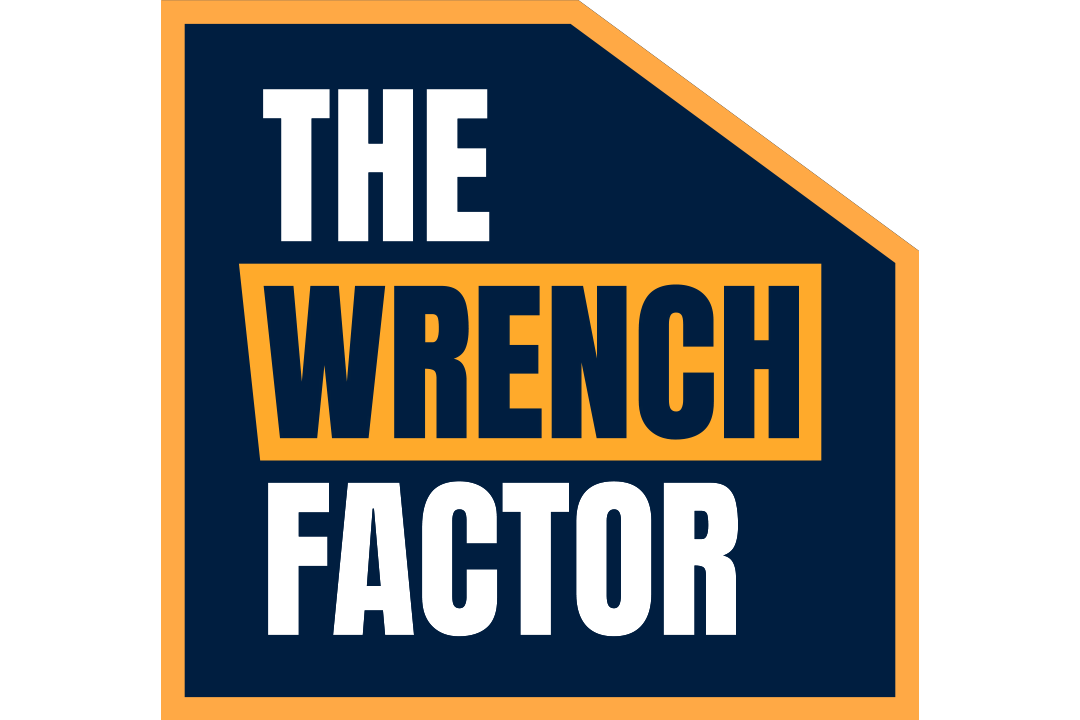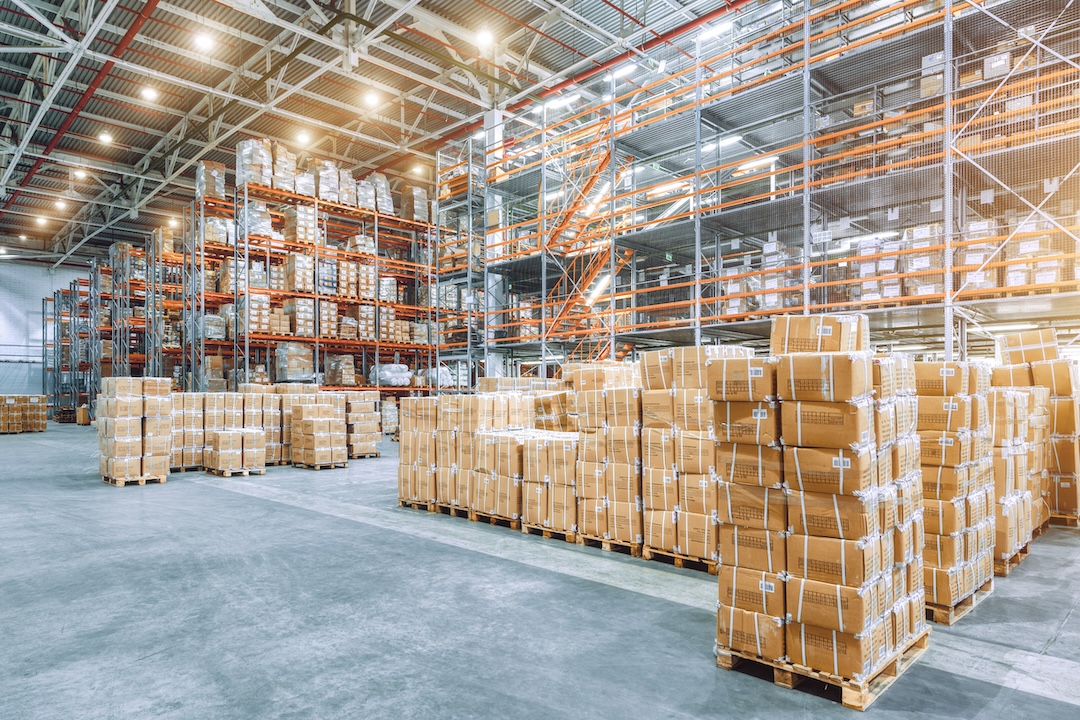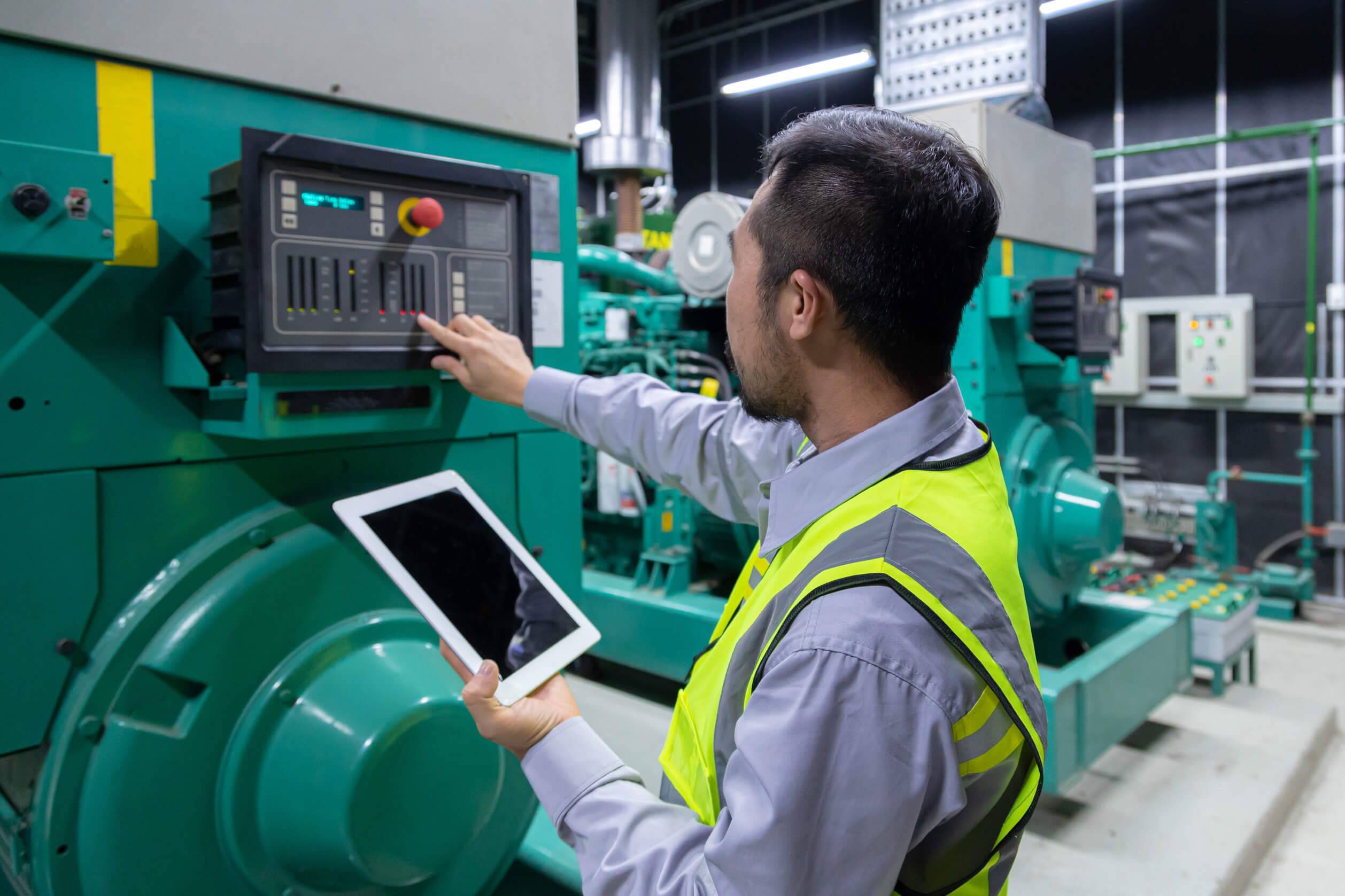
In enterprise, everything from phones to laptops to forklifts to refrigerators, even buildings, can come with a little code tags.
If it's a new piece of equipment, it might even be QR-coded. These fixed asset tags are critical to keep track of every asset a company owns, so they know where they are, when they were purchased, how much they cost, and their value now.
But these tags don’t work on their own—they’re useless without a fixed asset register to manage all these records.
Key Takeaways
- A fixed asset register serves as a single source of truth for tracking and managing valuable business assets throughout their lifecycle.
- Effective asset management requires three core components: proper asset identification, comprehensive financial tracking, and consistent maintenance documentation. These elements support both operational efficiency and regulatory compliance.
- Digital transformation through CMMS (Computerized Maintenance Management Systems) has revolutionized asset management, offering automated tracking, real-time updates, and improved accuracy over traditional manual methods.
- Regular physical audits and systematic documentation are crucial for maintaining an accurate asset register. This helps organizations protect their investments while ensuring compliance with tax authorities and accounting standards.
- While not explicitly required by law, maintaining a fixed asset register is effectively mandatory for proper business operations, financial reporting, and regulatory compliance.
What is a fixed asset register?
A fixed asset register (FAR) is a comprehensive record-keeping system that tracks and manages all tangible assets a business owns over their entire lifecycle. This asset register serves as the single source of truth for tracking assets such as office equipment, company vehicles, machinery, buildings, and other physical assets.
For modern businesses, especially those operating across multiple locations, maintaining an accurate asset register is both a regulatory requirement and a crucial tool for effective business management. The register contains vital asset information, including purchase cost, current value, depreciation value, asset location, and repair costs. This detailed asset data helps businesses accurately record and monitor their long-term assets from acquisition through disposal.
We can boil fixed asset register benefits down into three categories:
- Operational efficiency:
- Enables businesses to keep track of specific assets across multiple locations.
- Supports asset verification through regular physical audits.
- Helps monitor asset life and plan maintenance schedules.
- Provides up-to-date asset status information for better decision-making.
- Helps cost management through detailed asset-type tracking.
- Financial management:
- Maintains precise balance sheet accuracy through detailed tracking of fixed assets.
- Enables accurate calculation of depreciation methods and residual value.
- Helps assess company's losses and gains through asset lifecycle monitoring.
- Provides clear visibility into the estimated value of long-term investments.
- Supports tracking of both tangible assets and other intellectual property.
- Regulatory compliance:
- Ensures compliance with accounting standards (IFRS/GAAP) through accurate tracking of asset value and depreciation.
- Provides a clear audit trail for tax authorities and external auditors.
- Helps maintain accurate records for insurance purposes and risk management.
- Supports proper asset capitalization policy implementation and documentation.
This systematic approach to asset management helps many businesses maintain better control over the assets listed and make informed decisions about resource allocation and investment planning
.

Essential components of a fixed asset register
To maintain accurate asset data and ensure proper tracking of both tangible assets and intangible assets, organizations need to include several critical components in their register.
Asset identification and basic information
Every asset needs clear identification details that allow for easy tracking and management. This includes:
- Unique asset name and ID number
- Detailed asset description and classification
- Serial numbers and manufacturer details
- Physical asset tags or barcode information
- Current location and department assignment
These records should be easily accessible to support regular asset verification processes and satisfy requirements from tax authorities and auditors.
Financial data components
Each asset record should maintain:
- Purchase cost and acquisition date
- Current value and depreciation method
- Estimated salvage value
- Insurance values and repair costs history
This financial information serves multiple purposes, from supporting balance sheet accuracy to providing necessary documentation for tax authorities. Organizations use this data to track their long-term investments and make informed decisions about asset maintenance and replacement.
Lifecycle and performance tracking
Understanding an asset's lifecycle helps organizations optimize resources and plan maintenance. The register should track:
- Installation and commission dates
- Expected useful life and remaining life calculations
- Maintenance history and scheduled servicing
- Asset status (active, under repair, disposed)
- Performance metrics and condition assessments
With these, businesses can make proactive decisions about maintenance, upgrades, and replacements.
Location and responsibility management
For businesses operating across multiple locations or departments, clear tracking of asset location and responsibility is essential. The register should maintain current information about:
- Exact location and cost center assignment
- Department or individual responsible for the asset
- Usage authorization details
- Transfer history and current status
Maintaining accurate and up-to-date records of these components helps businesses of all sizes protect their investments and optimize asset use.
Creating and maintaining your fixed asset register
Building and maintaining an accurate asset register requires a systematic approach that combines careful asset identification, modern tracking systems, and consistent maintenance practices.
Asset identification basics
An accurate asset register starts with the identification of all your assets. Organizations need to establish a clear asset capitalization policy that defines:
- Thresholds for what qualifies as fixed assets
- Standards for recording purchase cost and estimated value
- Guidelines for handling both tangible assets and intellectual property
Implementing this policy requires a robust tagging system. Modern businesses typically use a combination of physical asset tags, barcodes, or RFID systems to track their assets. Each asset should receive a unique identifier that connects its physical presence to its digital record in the asset management software.
Digital tracking with CMMS
The traditional way to track assets has been in spreadsheets or paper systems. These are both prone to human error and require extensive manual updating. Computerized maintenance management systems (CMMS) have revolutionized how businesses keep track of their fixed assets. These systems provide several key advantages:
- Maintain a single digital asset register
- Track assets across multiple locations
- Monitor asset status in real time
- Integrate with existing accounting software
The power of CMMS lies in its automation capabilities. Modern systems can automatically calculate depreciation, schedule maintenance, and create digital audit trails. This reduces manual effort while improving accuracy and providing better visibility into asset status and performance.
Real-time reporting and analytics help organizations make informed decisions about their assets. Through CMMS, businesses can generate customized reports for balance sheet reconciliation, track the remaining life of assets, and analyze repair cost patterns.
Best practices for ongoing maintenance
Maintaining an accurate fixed asset register requires consistent attention and regular updates.
- Regular physical audits. Conduct thorough physical verification of assets at least annually, comparing actual assets against the register. This helps identify missing or unrecorded assets and ensures accuracy of location and status information.
- Systematic documentation. Document all asset changes, movements, and maintenance activities as they occur. Maintain a clear audit trail that includes purchase records, maintenance history, and any transfers between cost centers.
- Standardized tagging systems. Use consistent asset tagging methods (barcodes, RFID, or numbered labels) across all locations. This ensures each asset has a unique identifier that links physical assets to their digital records in a CMMS.
- Proactive maintenance scheduling. Develop and follow preventive maintenance schedules based on manufacturer recommendations and asset life expectations. Regular maintenance extends asset life and helps prevent unexpected failures.
- Value and depreciation updates. Regularly review and update asset values, depreciation calculations, and remaining life estimates. This ensures accurate financial reporting and helps plan for future replacements or upgrades.
- Clear responsibility assignment. Designate specific individuals or departments responsible for managing and updating each asset. Accountability helps ensure consistent tracking and timely reporting of any changes in asset status.
Regular attention to these practices helps organizations protect their investments while ensuring compliance with regulatory requirements and maintaining accurate financial information for stakeholders.
Modernize your fixed asset register with CMMS
Maintaining an accurate asset register requires more than just spreadsheets and manual tracking. A CMMS transforms how organizations manage their fixed assets, offering real-time visibility and automated processes that improve accuracy while reducing administrative burden.
Modern CMMS solutions provide key advantages that traditional asset management methods cannot match:
- Automated tracking of asset location, status, and maintenance needs
- Real-time updates to financial information, including depreciation calculations
- Integrated maintenance scheduling and asset performance monitoring
- Streamlined audit processes and compliance reporting
- Enhanced security and access controls for sensitive asset data
By implementing a CMMS to manage your fixed asset register, you can better protect your long-term investments while ensuring compliance with regulatory requirements. The system helps maintain accurate asset data across multiple locations, supports informed decision-making about maintenance and replacements, and provides the detailed audit trails authorities require.
FAQs on Fixed Asset Register
What should be included in an asset register?
An asset register should include essential information about each fixed asset: a unique identifier, detailed description, purchase cost, current value, location, department assignment, depreciation method, and maintenance history. It should also track important dates like acquisition and installation, warranty information, and expected replacement timing. The register needs enough detail to support both financial reporting and operational management while maintaining compliance with tax authorities.
Is a fixed asset register mandatory?
While not explicitly required by law for all businesses, maintaining a fixed asset register is effectively mandatory for proper business operations and compliance. It's essential for accurate financial reporting, tax compliance, and insurance purposes. Public companies must maintain detailed asset records to comply with accounting standards, and most private companies need them to satisfy tax authorities and auditors. Additionally, lenders and investors often require proper asset tracking.
What are some examples of fixed assets?
Fixed assets include tangible items a business owns and uses over multiple accounting periods, such as:
- Office equipment (computers, printers, furniture)
- Company vehicles and transportation equipment
- Manufacturing machinery and production equipment
- Buildings and land
- Store fixtures and fittings
- IT infrastructure and network equipment
- Plant and heavy equipment

The MaintainX team is made up of maintenance and manufacturing experts. They’re here to share industry knowledge, explain product features, and help workers get more done with MaintainX!






.jpg)















